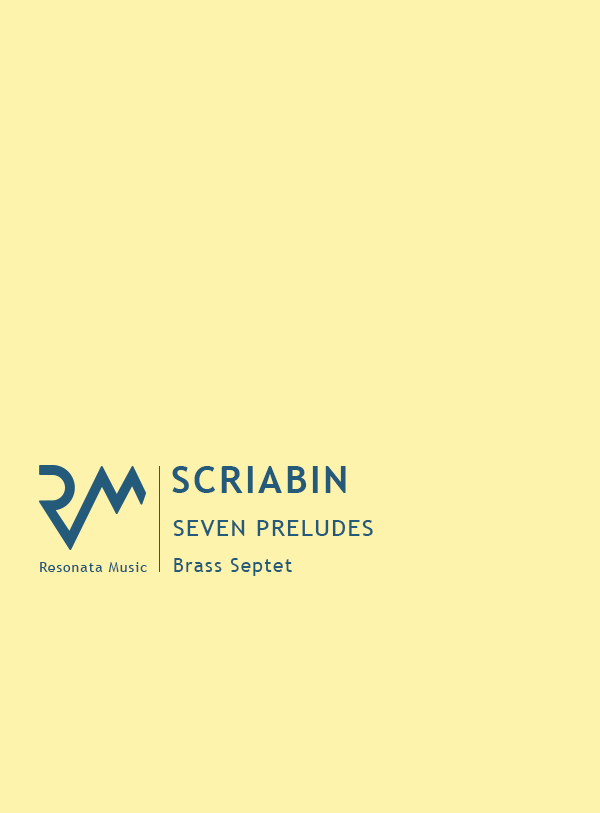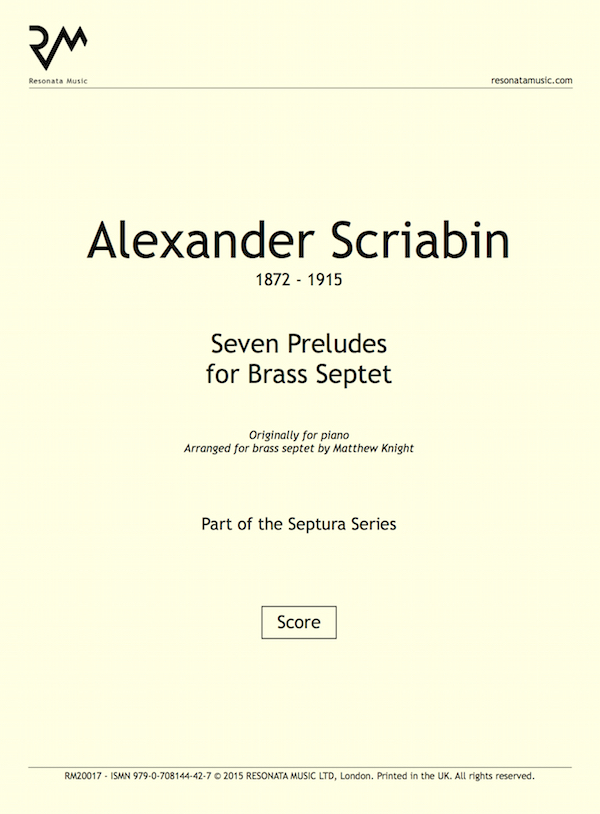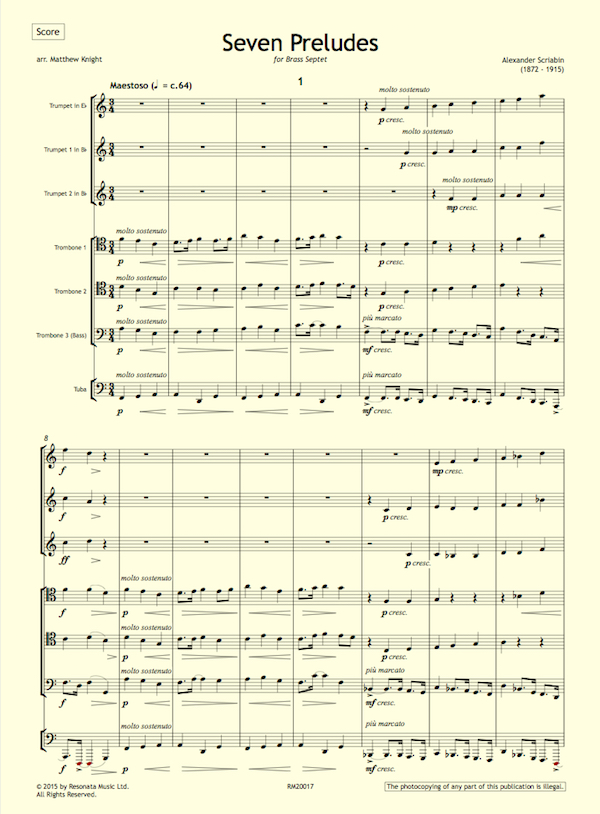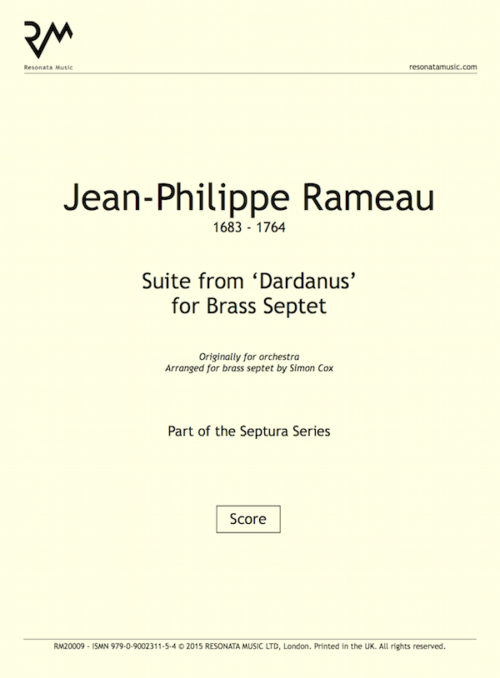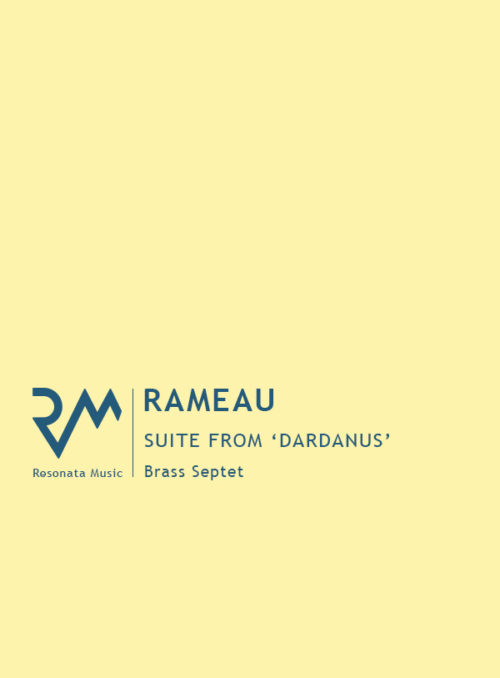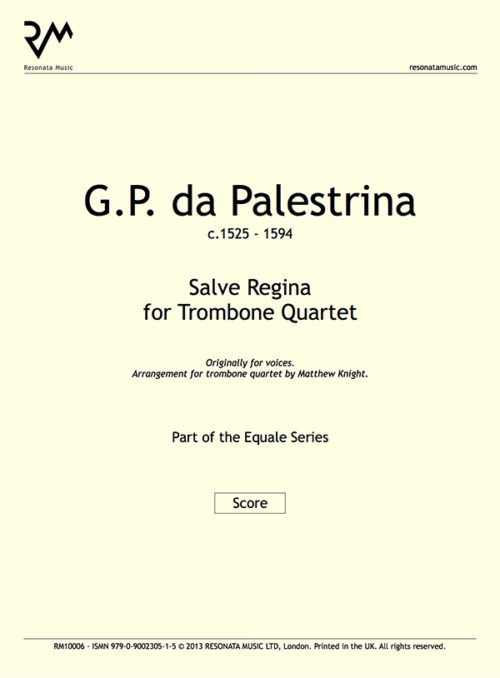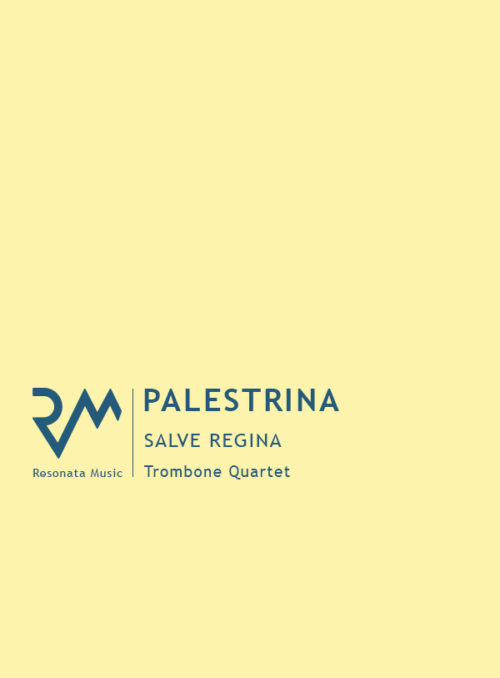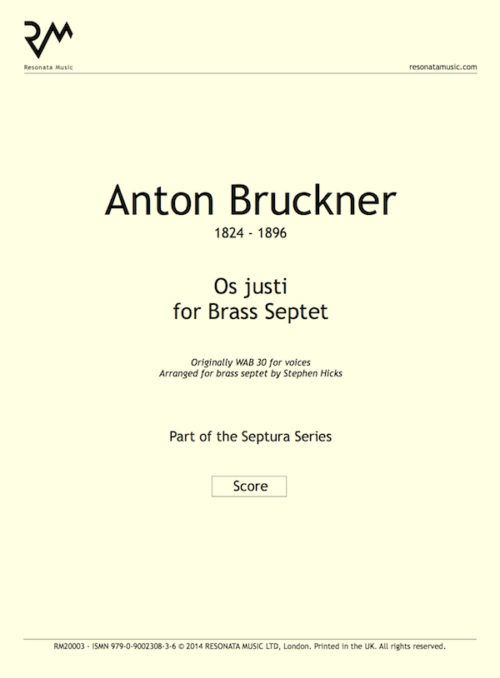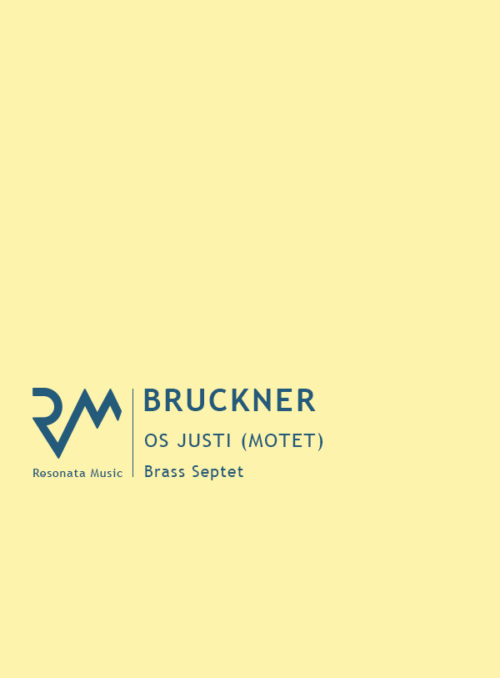Description
Scriabin was a maverick composer in pre-Revolutionary Russia, highly innovative and influential in his lifetime, but greatly disparaged (especially in the West) for many years after his death. Throughout his career his harmonic language became progressively more dissonant, culminating in his own brand of atonality—a wider conception of harmony, influenced by his synesthesia (the association of different colours with specific pitches and harmonies). Born into an aristocratic family in Moscow in 1872, Scriabin studied the piano at the Conservatory there (despite having unusually small hands) and the impact of his beloved Chopin is felt not just in the late-Romantic harmonic language of his early compositions, but in the genres he employed: notably, Scriabin composed nearly ninety solo piano preludes, spanning his entire compositional lifetime, and therefore charting his rapid stylistic development. Mostly tiny miniatures—concentrated musical aphorisms—they nevertheless vary wildly in mood and colour, and in these brass transcriptions the arranger has attempted to capture the extreme contrasts through varying instrument combinations, mutes and articulations.
This brief suite contains three preludes from the infancy of Scriabin’s career, in the early 1890s: Op. 16, No. 4 is a simple accompanied melody—just four plaintive phrases—in E flat minor; Op. 11, No. 6, by contrast, is a rhythmically frantic canonic movement in an unambiguous B minor; Op. 13, No. 1, however, whilst often majestically homophonic in texture, shrouds its C major tonality in ambiguity, avoiding any obvious perfect cadences in that key, and hinting at Scriabin’s future abandonment of functional tonality. The remaining preludes are from almost a decade later, and although all of them have a preoccupation with the perfect cadence, it seems like a deconstruction rather than an endorsement of harmonic convention: in the rhythmically quirky Scherzoso Op. 35, No. 3, perfect cadences abound, but the C major tonality is consistently undermined by flatter keys, and in Op. 31, Nos. 2 and 4 the cadences—isolated and broadened at the end of No. 4, and emphatic sforzandi in No. 2 (the tempo marking of which is con stravaganza)—seem like a desperate response to the preceding sliding chromaticism.
Parts included:
- Score
- Trumpet in E-flat
- Trumpet 1 in B-flat
- Trumpet 2 in B-flat
- Trombone 1
- Trombone 2
- Trombone 3 (Bass)
- Tuba
Purchasing this product entitles you to download it three times. You will receive an email with a link to download your files upon completing payment.

